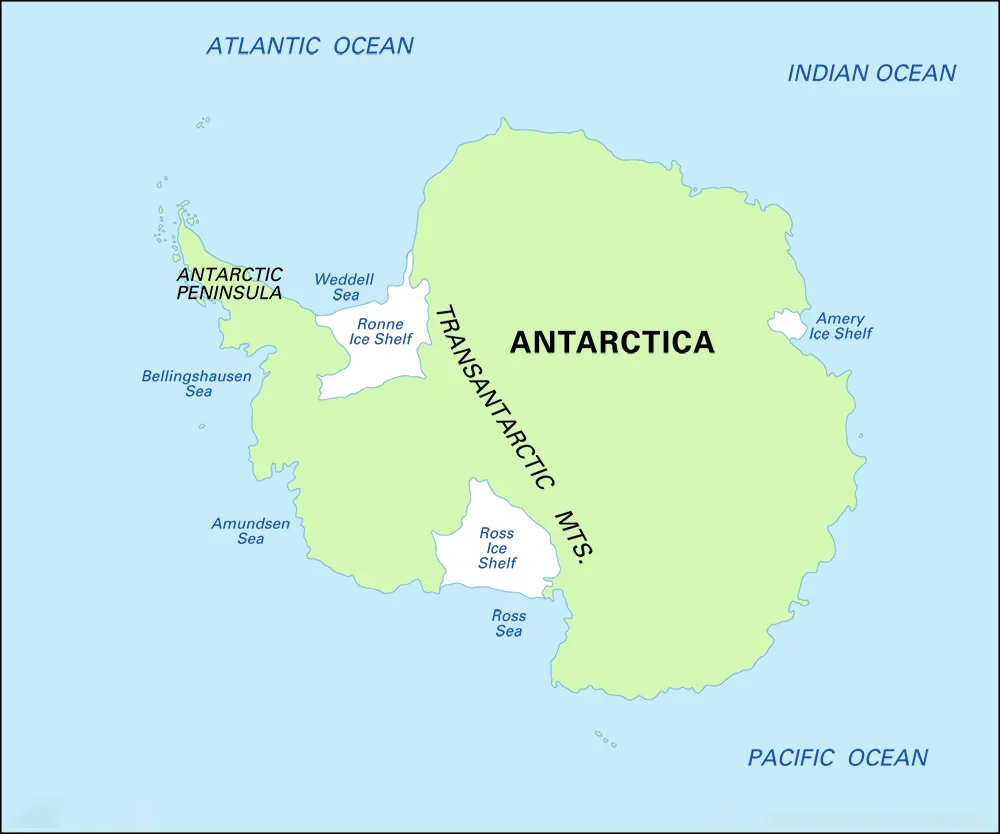Greening of Antarctic Peninsula | 08 Oct 2024
The Antarctic peninsula has experienced a 10-fold increase in vegetation from less than 1 square km in 1986 to almost 12 square km by 2021.
- The rate of change in vegetation cover in 2016-2021 was 0.424 km2 per year compared to the entire 35-year-long study period of 0.317 km2 per year.
- Development of moss ecosystems can lead to organic soil formation and higher plant colonisation.
- It also raises concerns about the potential introduction of non-native and invasive species.
- Mosses are pioneer species that start ecological succession.
- Ecological succession is the steady and gradual change in a species of a given area with respect to the changing environment.
- This greening is likely due to accelerated warming in the region, which has been heating up five times faster than the global average.
- The Antarctic Peninsula Ice Sheet is sensitive to climate change due to its small size and northerly location. Since 1950, it has warmed by nearly 3°C.
- As glaciers recede, more land becomes available for colonisation by plants, further accelerating the greening process.
Read More: India's Tryst with Antarctica

